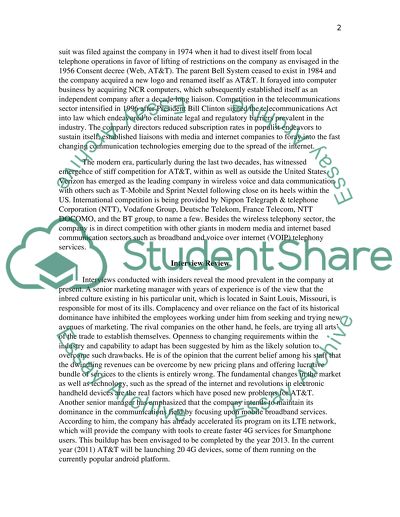Cite this document
(“Company critical analysis - AT&T Research Paper”, n.d.)
Retrieved from https://studentshare.org/marketing/1428863-company-critical-analysis-att
Retrieved from https://studentshare.org/marketing/1428863-company-critical-analysis-att
(Company Critical Analysis - AT&T Research Paper)
https://studentshare.org/marketing/1428863-company-critical-analysis-att.
https://studentshare.org/marketing/1428863-company-critical-analysis-att.
“Company Critical Analysis - AT&T Research Paper”, n.d. https://studentshare.org/marketing/1428863-company-critical-analysis-att.


